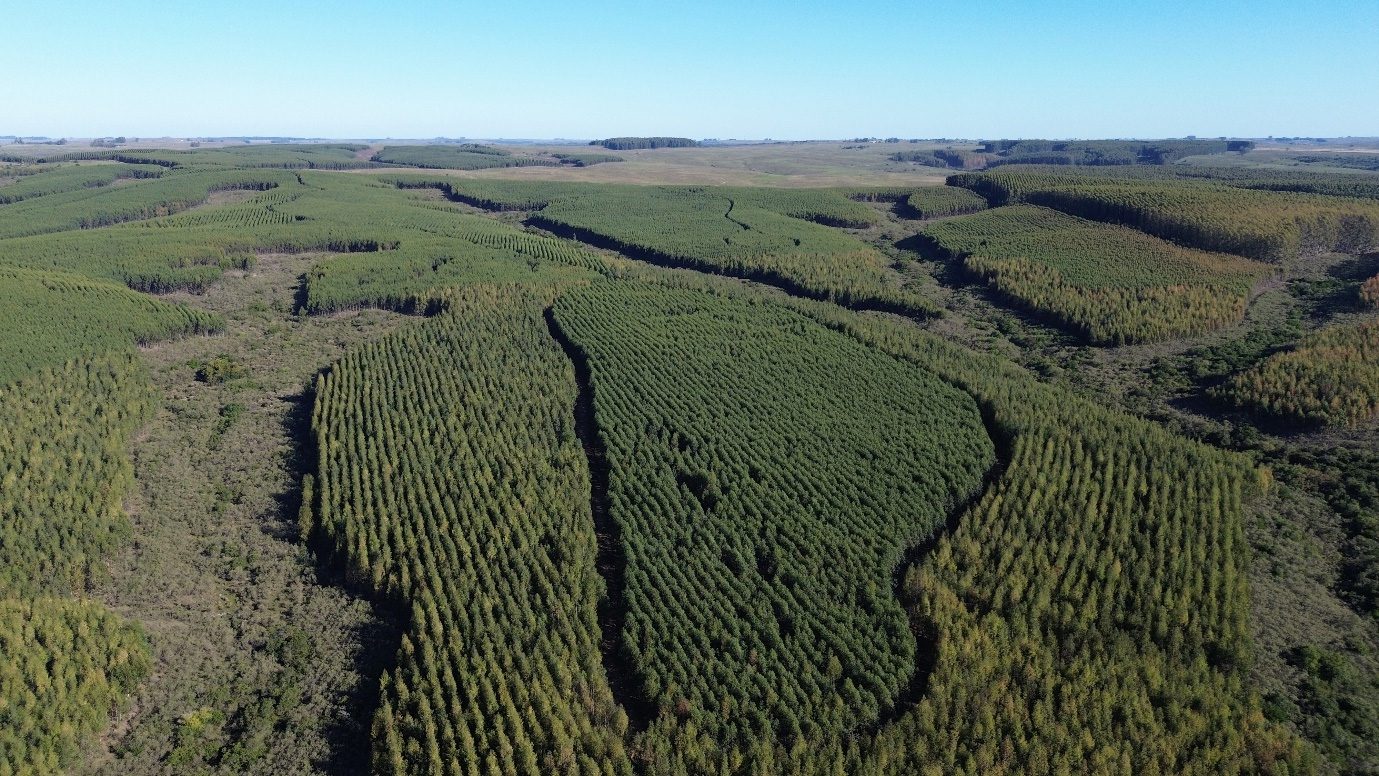The global pandemic and bushfires in Australia have underscored the need for dynamic adaptability within the forestry market.
In forestry, we often adapt to disruptions brought on by external factors. Forestry companies and mills in eastern Australia have had to readjust and optimize harvest timing after bushfires decimated 18 million hectares earlier in the year. The pandemic has added new pressures to the mix, not the least of which is uncertain and unpredictable demand.
Every disruption – be it a pandemic, fire, insect infestations, or reduced access to land – can impact future volume predictions and operational costs. And, despite the nature of the disruption, the end goal is the same: to take a limited resource, add value, and find a market to sell it at a reasonable price.
Optimization techniques like wood basket analysis, provide the ability to define and continually re-assess wood supply and end-market product demand so plans and schedules can be adjusted, harvest timing can be optimized and mills can be re-tooled to meet dynamic market demand.
Shifting Supply and Demand
Economies of all types have experienced disruption with the global pandemic, and forestry is no exception.
In many countries, forest management, sawmilling, and pulp manufacturing were deemed essential services and the sector has played a unique role, producing protective supplies. Demand for pulp and fibre board used to produce personal protective equipment, tissue, toilet paper, and other single-use sanitary products has risen.
The global uncertainty of the pandemic has also inspired countries to return to domestic sourcing of critical products, which in turn should increase regional demand.
Still, some mills have been forced to shut their doors. Others are modifying and replacing machinery to address what is a fundamentally changed market and supply chain.
The Need for Wood Basket Analysis
Optimizing the movement of wood within a wood basket is more important than ever – and governments as well as industry are looking at how they can support optimal wood flow.
To make informed decisions about what path to take, companies need to assess the market potential of a wood basket to understand what forest products are available and the cost to get these products to mills or external markets.
Using wood basket analysis to define supply (what and how much of each product is available for the market), and demand (what products are needed to satisfy current and future projections), forest product companies can determine the best strategies to feed the mills. And, they can ensure they get cost structures right so they can participate in the economic recovery post-pandemic.
Adapting to Changing Dynamics
Harvest timing and transportation decisions of harvest units and forest products is crucial to an organization’s short and long-term success. A key challenge for forest-level wood supply management is the ability to optimize harvest scheduling. Balancing production scheduling with maximum mean annual increment (MAI) while meeting changing forest product demand constraints is fluid and challenging.
A new challenge facing governments and forest product companies today is setting themselves up not only for survival during the pandemic but also for success in the post-pandemic forestry ecosystem.
Juggling the timing of harvest activities and product allocations will be essential to survival for many forest companies during and after the pandemic.
While we can’t see into the future, wood basket analysis that leverages the power of optimization can help to understand how decisions and adjustments made today may play out in the future.
LEARN MORE:
-
Read our case study on how an optimized wood flow model has helped to meet diverse stakeholder objectives within New Brunswick’s complex forest value chain.
-
Contact us to learn how Remsoft can help with wood flow modeling and wood basket analysis – integrating strategic and tactical harvest schedules that determine where, when, and how to harvest to maximize revenue.




